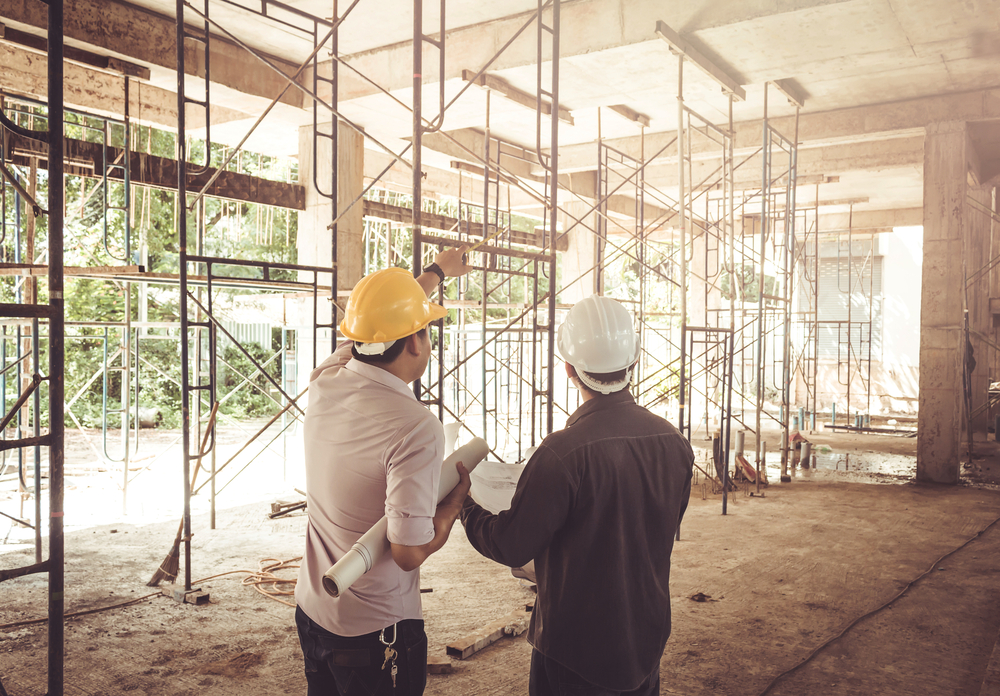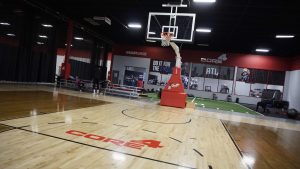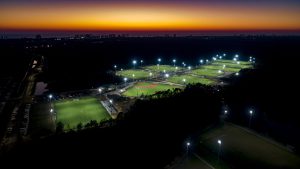Project Delays
Hundreds of factors could cause a project delay in an already lengthy development process. Here are 3 common delays and some strategies to keep your project moving forward.
Financing
Even after you’ve achieved the monumental task of obtaining project funding, there can be delays in the financing process. Once the project team has the “green light” from the bank on the loan amount, it’s often at least 60-90 days to account funding. Underwriters must scrutinize every aspect of your business and will require owners to provide personal financials, elements of the business plan, valuation of real estate, and the pro forma, among other things. Avoid the delay by having all this information in both print and electronic form so you can quickly fulfill whatever request for information your underwriter may have.
Zoning
Depending on how your property was originally zoned, it will take time for the zoning board to review your request for adjustment. Obtaining design waivers or zoning variations simply takes time. Factors like noise and light pollution, drainage, environmental codes, traffic control, and parking all play into the decision to approve a re-zone. Design variations are usually for parking (we budget 3-4 spaces per thousand feet for indoor projects and 40 spaces per field for outdoor) and bathroom fixture counts (sports facilities generally need less than typical zoning requirements for commercial properties).
Construction
One of the most common causes of project delay is mother nature. Weather is hard to predict and impossible to control. Early or late onset freezing temperatures or extended periods of rain can wreak havoc on construction timelines. Construction can also be delayed if a site requires more sitework because of unforeseen challenges in rock or fill dirt. Another common cause of construction-related delays are change orders. These often occur when an architect has drawn part of the building or room schematic in a way that the general contractor deems not feasible to build. In this instance, after the solution is discussed, the architect will have to take the plans “back to the drawing board” and create new drawings. One way to abate the architect/general contractor issue is to select a design-build firm – this way the architect and contractor are working in concert from the beginning of the project.
Some obstacles are avoidable with proper preparation and planning. Others, like weather, are simply luck of the draw. It’s good process to set a target grand opening date, but to hold off on a public announcement (if you can) until these issues have been surpassed.






